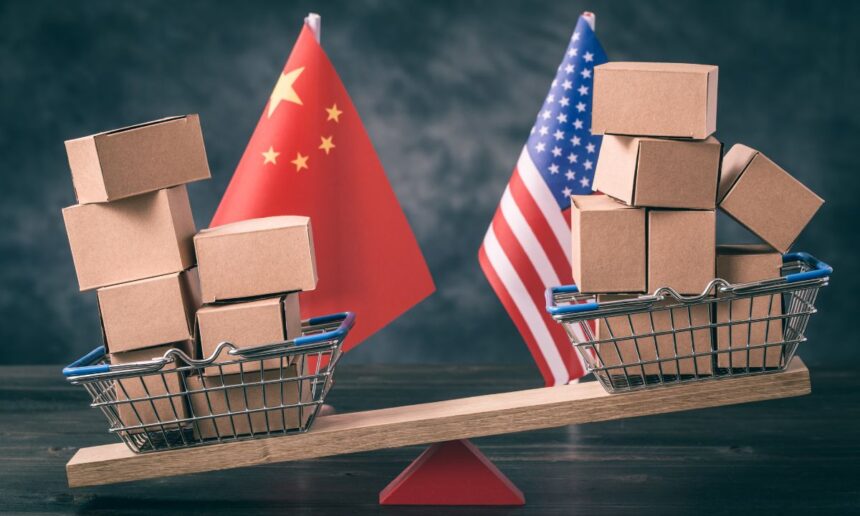The escalating U.S.–China trade war is showing no signs of resolution as both superpowers dig in, with no formal negotiations underway and rising global economic concerns.
Silence Signals Tension
Despite President Trump’s claims that Chinese President Xi Jinping had contacted him recently, top U.S. officials remain vague. Treasury Secretary Scott Bessent declined to confirm any such communication, hinting at a lack of transparency and coordination within the U.S. administration itself.
“I have a lot of jobs around the White House; running the switchboard isn’t one of them,” Bessent joked, downplaying knowledge of any leader-to-leader communication.
Meanwhile, China’s foreign ministry firmly stated that no trade consultations on tariffs are happening, and warned the U.S. not to mislead the public. Still, Beijing’s Commerce Ministry signaled potential openness to talks — though U.S. departments have not confirmed any outreach.
High Tariffs and Economic Fallout
President Trump recently imposed “reciprocal” tariffs — up to 145% on Chinese imports — aiming to pressure Beijing back to the table. China retaliated swiftly with tariffs on American goods and export restrictions on critical minerals and magnets vital to U.S. industries.
The result: mounting economic damage.
- The IMF has lowered growth projections for both countries and the global economy.
- Chinese factory output and U.S. first-quarter growth show signs of slowing.
- Consumers in the U.S. may soon face higher prices and limited product availability.
Despite the consequences, Trump remains firm, calling China the “leading candidate for chief ripper-offer” and vowing to secure a “fair deal.”
Unstructured Strategy Raises Concerns
China prefers structured, tiered negotiations via official working groups — something Trump’s administration has largely ignored. According to experts like Craig Allen of the Asia Society, Trump’s personal approach clashes with China’s bureaucratic, scripted system.
“This very personalistic approach by President Trump… doesn’t match with the Chinese system at all,” Allen noted.
No Clear Negotiator Appointed
Unlike earlier trade battles where figures like Robert Lighthizer and Steven Mnuchin led U.S. delegations, the Trump administration has yet to appoint an official negotiator for talks with China. This signals to Beijing that the U.S. may not be ready for serious discussions.
Informal talks on financial stability were held during recent IMF and World Bank meetings, but trade was notably absent from the agenda, further signaling a breakdown in communication.
Delay vs. Pressure: Strategic Tug of War
Experts believe China is stalling deliberately, watching how the U.S. handles trade deals with India, Japan, and other partners. As midterm elections approach and economic pressures mount, Beijing expects that Trump may be forced to soften his stance.
“Delay is in China’s interest; urgency is in Trump’s,” said China adviser Michael Pillsbury.
Conclusion
With no formal trade talks, increased tariffs, and uncertainty at the highest levels, the U.S.–China trade conflict may drag on longer than previous confrontations. The stakes remain high — not just for both nations, but for the global economy at large.





